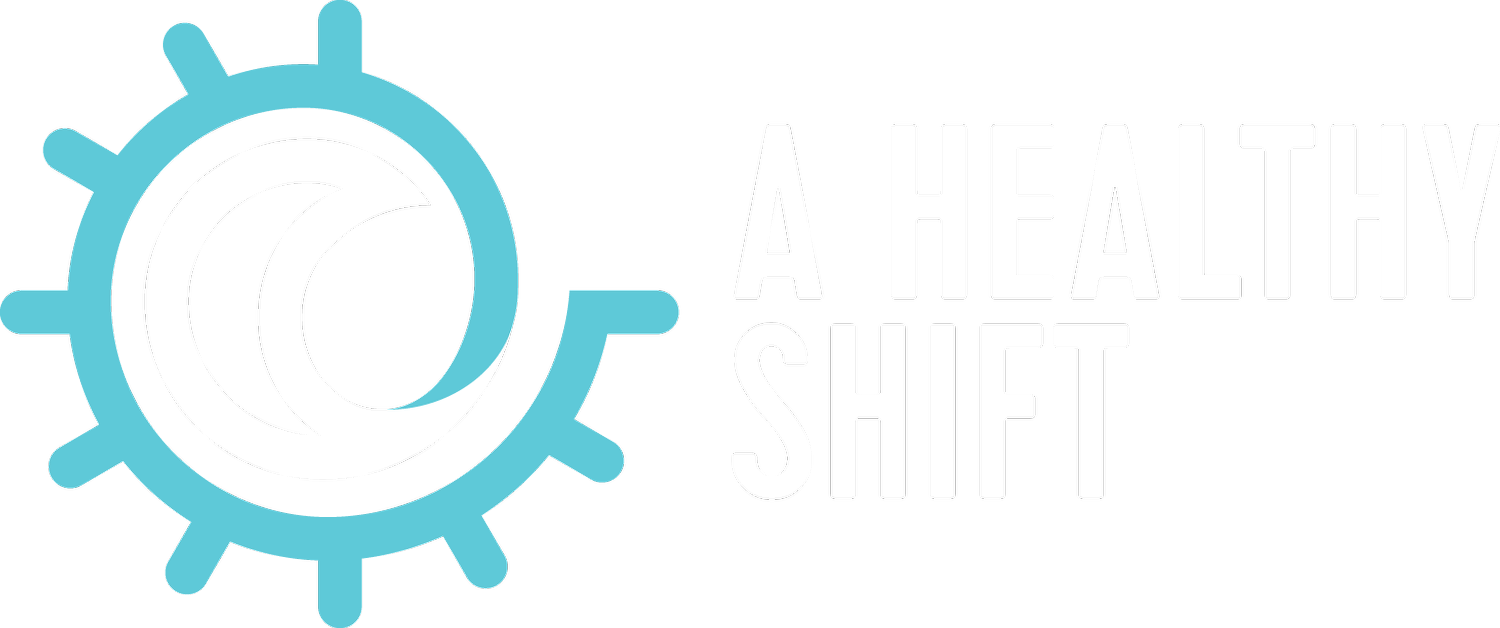Navigating Peri/Menopause: A Guide to Better Sleep for Women
Menopause is a natural phase in life, marking the end of menstruation, typically around the age of 50. This transition, however, is not sudden. It’s a journey that spans several years, often accompanied by a range of physical and emotional changes. One of the most common challenges during this time is disrupted sleep, with nearly half of those going through peri/menopause experiencing sleep disturbances. Understanding why these sleep issues occur and how to manage them can make a world of difference in navigating this transition smoothly.
Podcast: I have also recorded a short podcast on this topic if you prefer to listen.
[171] - Menopause and Night Shift Sleep Solutions for Women
Why Does Peri/Menopause Impact Sleep?
Peri/Menopause brings about significant changes in the body, both physically and psychologically, that can wreak havoc on sleep. Common symptoms like hot flashes, anxiety, depression, and sleep disorders such as sleep apnea and restless legs syndrome can make a good night’s sleep feel elusive.
Hormonal shifts are at the heart of many peri/menopause-related sleep disturbances. As menopause approaches, the ovaries gradually reduce their production of estrogen and progesterone—hormones that play a crucial role in the menstrual cycle and overall health. This decline leads to less frequent periods and eventually, their cessation altogether.
During this time, the body compensates by increasing the production of follicle-stimulating hormone (FSH), which is involved in egg release. The combination of rising FSH levels and falling estrogen and progesterone can make it difficult to fall asleep, stay asleep, or achieve restorative sleep. Additionally, aging contributes to a decrease in melatonin production, the hormone responsible for regulating sleep-wake cycles, further complicating sleep during menopause.
Common Sleep Issues During Peri/Menopause
As the body approaches menopause, sleep problems become more frequent and persistent. However, it’s not always clear whether these issues are directly related to peri/menopause or are a part of the natural aging process or other medical conditions that may coincide with this life stage.
1. Hot Flashes: Around three-quarters of peri/menopausal people experience hot flashes—sudden, intense feelings of heat followed by sweating. When these episodes occur at night, they are known as night sweats and can significantly disrupt sleep, leading to frequent awakenings and poor sleep quality.
2. Sleep Apnea: Hormonal changes during peri/menopause can increase the risk of developing obstructive sleep apnea (OSA). This sleep disorder involves repeated interruptions in breathing during sleep due to airway collapse, leading to fragmented sleep and daytime fatigue.
3. Mood Changes and Disorders: The hormonal fluctuations of peri/menopause can cause mood swings, anxiety, depression, and irritability. Life changes, such as caregiving responsibilities or becoming an empty nester, can also contribute to these emotional shifts, making it harder to relax and fall asleep.
4. Restless Legs Syndrome: Restless legs syndrome (RLS) is another common sleep disorder that tends to appear or worsen during the years leading up to menopause. RLS causes uncomfortable sensations in the legs and a strong urge to move them, which can make falling asleep and staying asleep a challenge.
5. Parasomnias: Less commonly, people in menopause may experience parasomnias—unusual behaviours during sleep, such as teeth grinding (bruxism), night terrors, or sleepwalking. These disturbances can further complicate an already challenging sleep environment.
Improving Sleep During Peri/Menopause: Strategies and Solutions
Addressing the symptoms of peri/menopause, especially those that interfere with sleep, can help improve sleep quality and overall well-being. Several strategies, ranging from lifestyle changes to medical interventions, can be effective.
1. Yoga: Incorporating yoga into your routine can be incredibly beneficial. This mind-body practice combines movement, controlled breathing, and meditation, helping to reduce hot flashes, anxiety, and depression—common culprits of sleep disruption during peri/menopause.
2. Mindfulness Meditation: Practicing mindfulness meditation can promote a sense of calm and reduce the stress and anxiety that often accompany peri/menopause. By cultivating non-judgmental awareness of the present moment, mindfulness can help mitigate hot flashes and improve sleep.
3. Acupuncture: This traditional therapy involves inserting thin needles into specific points on the body. Research suggests that acupuncture can be effective in reducing the frequency and severity of hot flashes, thereby improving sleep quality.
4. Cognitive Behavioral Therapy for Insomnia (CBT-I): CBT-I is a structured therapy that targets the thoughts and behaviours contributing to insomnia. Conducted by a mental health professional, this therapy has been shown to significantly decrease the severity of peri/menopausal insomnia and improve sleep.
5. Hypnotherapy: Hypnotherapy, when administered by a trained professional, can induce a state of deep relaxation and heightened suggestibility, helping to reduce hot flashes and improve sleep quality in some people.
6. Hormone Replacement Therapy (HRT): HRT involves taking estrogen and progesterone in the form of pills, creams, or patches to alleviate the symptoms of peri/menopause. While effective for many, it’s essential to consult with a healthcare provider to determine if this treatment is appropriate for you.
7. Vitamin E: Some studies suggest that vitamin E supplementation may help reduce hot flashes and other peri/menopausal symptoms. However, it’s crucial to consult with a healthcare provider before starting any new supplement.
8. Ashwagandha: I have had a number of clients experience reduced hot flashes and better sleep by taking a quality Ashwagandha supplement at 2 x 300mg per day (1 at each end of the day). This is however anecdotal as research is limited in this area. Worth trying though.
Adopting Healthy Sleep Hygiene Practices
In addition to targeted treatments, improving sleep hygiene—habits and routines that promote better sleep—can make a significant difference in sleep quality during peri/menopause. Here are some tips to help you get the rest you need:
- Maintain a consistent sleep schedule: Go to bed and wake up at the same time every day, even on weekends, to regulate your body’s internal clock.
- Create a bedtime routine: Engage in relaxing activities before bed, such as reading, taking a warm bath, or practising gentle stretching, to signal to your body that it’s time to wind down.
- Limit caffeine, alcohol, and heavy meals: Avoid consuming these close to bedtime, as they can interfere with your ability to fall asleep and stay asleep.
- Stay active: Regular physical activity can help reduce peri/menopausal symptoms and improve sleep. However, try to avoid vigorous exercise close to bedtime, as it may have the opposite effect.
Conclusion
Peri/Menopause is a significant life transition, but it doesn’t have to mean sleepless nights. By understanding the underlying causes of sleep disturbances during peri/menopause and implementing effective strategies to manage them, you can improve your sleep and overall quality of life during this time of change. Remember, it’s about thriving, not just surviving, through this natural phase of life. Prioritise your well-being, seek support when needed, and embrace this new chapter with confidence and resilience.
Podcast: I have also recorded a short podcast on this topic if you prefer to listen on your favourite podcast platform.
[171] - Menopause and Night Shift Sleep Solutions for Women
About Roger Sutherland
As a coach and advocate for shift workers, my goal is to provide practical, evidence-based strategies that empower individuals to thrive in their roles. By understanding and addressing the challenges of shift work sleep disorder, shift workers can achieve better health outcomes and lead more fulfilling lives both on and off the job.
Note:
I also run Nutrition, Health & Wellbeing Seminars for shift working environments.




